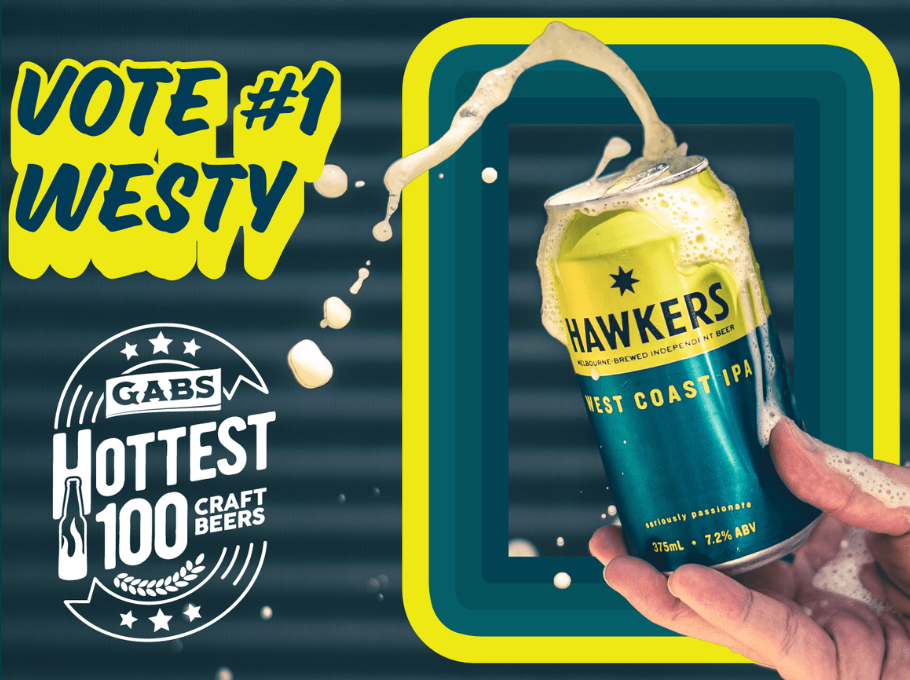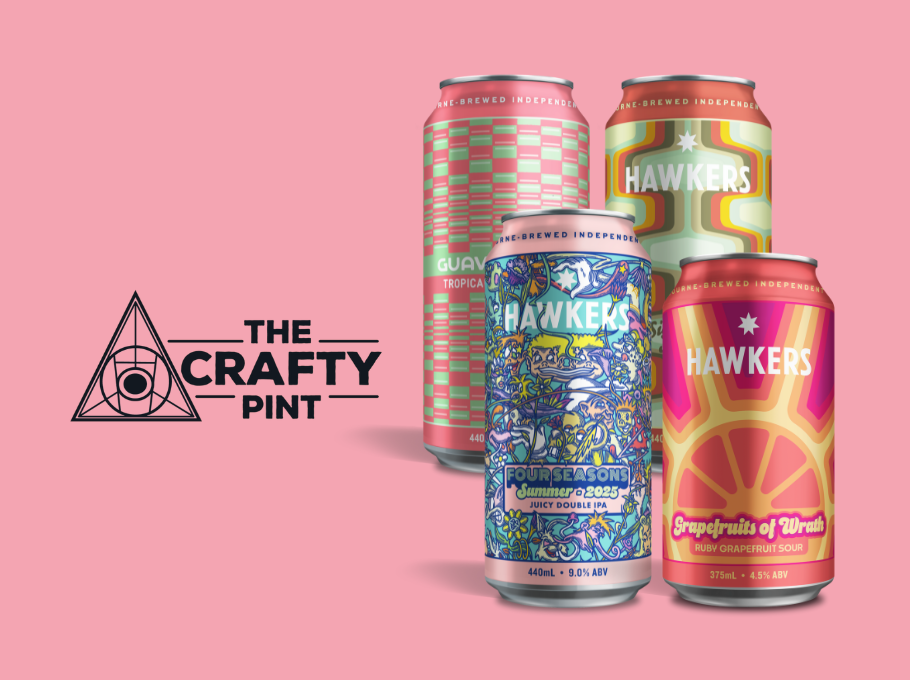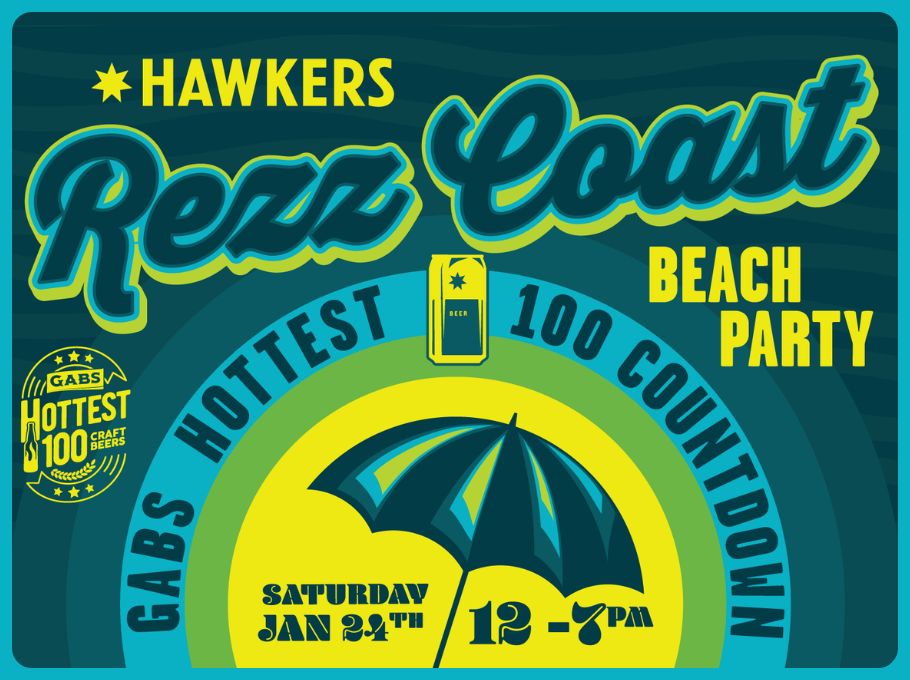Who'd have thought that two things cut from the same cloth could have such different outlooks? Alter Ego is an exploration of two distinctly different approaches to a style of beer that has evolved and splintered rapidly with modern brewing trends. East, meet West.
Both beers are single hop IPAs brewed with Riwaka, a grapefruity-passionfruit laden hop from New Zealand. One is an East Coast approach, hazy, pillowy, and low in bitterness but high in aromatics. The other is a West Coast style, balancing a lean malt profile with prominent aromatics and firm bitterness. Two divergent approaches to IPAs remain a chasm apart yet somehow still exist in the same plane of flavour and hops.
Alter Ego is a personification of the struggle of choice brewers must endure every time they handle a stunning hop like Riwaka—which style will highlight it best?

EAST COAST, WEST COAST, & YOU
The rivalry between West Coast IPA it's younger, hipper sibling East Coast IPA (also known as NEIPA or Hazy IPA) has been on the rise for a few years now as craft beer has exploded on a global level. That said, the rivalry could be described as a exchange of chummy insults and There remains a vast swath of IPA loyalists that would probably be stumped at the thought of choosing one over the other, like being forced to choose a favourite kind of pizza (let's not even go down that road).
America's West Coast is generally known for being the home of the original version of American IPA. It's also the home of the second wave of the modern, punchy American style today referred to as West Coast IPAs, where the malts have been stripped right back and the focus lands almost entirely on hop profile. The West Coast style is a balancing act between aromas, flavours, and a decent whack of bitterness on the end—thanks to kettle additions of hops to isomerise those tasty tasty alpha acids (responsible for the bitterness component of beer). You can also bank on a true-to-style West Coast to retain a great deal of clarity, which is arguably the most obvious difference to the East Coast style.
Named for its origins in the New England part of the US (think Maine, Vermont, Rhode Island), the East Coast style is interestingly about as far to the other side of the IPA spectrum as you can probably get. The malt is a more prominent component of the beer, often using oats and wheat among the mash to gain a chewier mouthfeel, also contributing to haze. Kettle-side hops, if at all, are added late in the game to minimise the bitterness they'll add. Dry hopping becomes the key for the classic East Coast style, where hops are added during and after fermentation to extract maximum flavours and aromas while leaving the vast majority of the bittering compounds behind.*
As a caveat, the name East Coast IPA comes with some lack of clarity these days (excuse the pun). The confusion arises from the fact that there are, in fact, two distinct brewing traditions and styles of beer which can be referred to as an East Coast IPA. The original is the beer that many know as the hallmark of an American IPA. This style is an early descendent of its British roots, landing malt heavy with characteristic earthy and punchy bittering hops that balance with the prominent caramel biscuit malt. The second iteration is an off-shoot of its West Coast cousin, styling itself a bit like hop addict gone mad. Essentially, the "second wave" of East Coast IPAs (NEIPAs or Hazy IPAs) is the beautiful result of heavily dry-hopping instead while dialling the bittering hops right back. As with all good things, boundaries get tested, and it turns out that there is a finite amount you can dry hop a beer before it begins to turn on you, resulting in a burning sensation or astringency.
*Fun fact—alpha acids contained within the lupulin glands are not naturally water soluble, and must be boiled to isomerise them into bittering iso-alpha acids that we all know and love in a fresh West Coast IPA. The longer you boil them, the more bitterness you extract. And yes, you can over do it.




